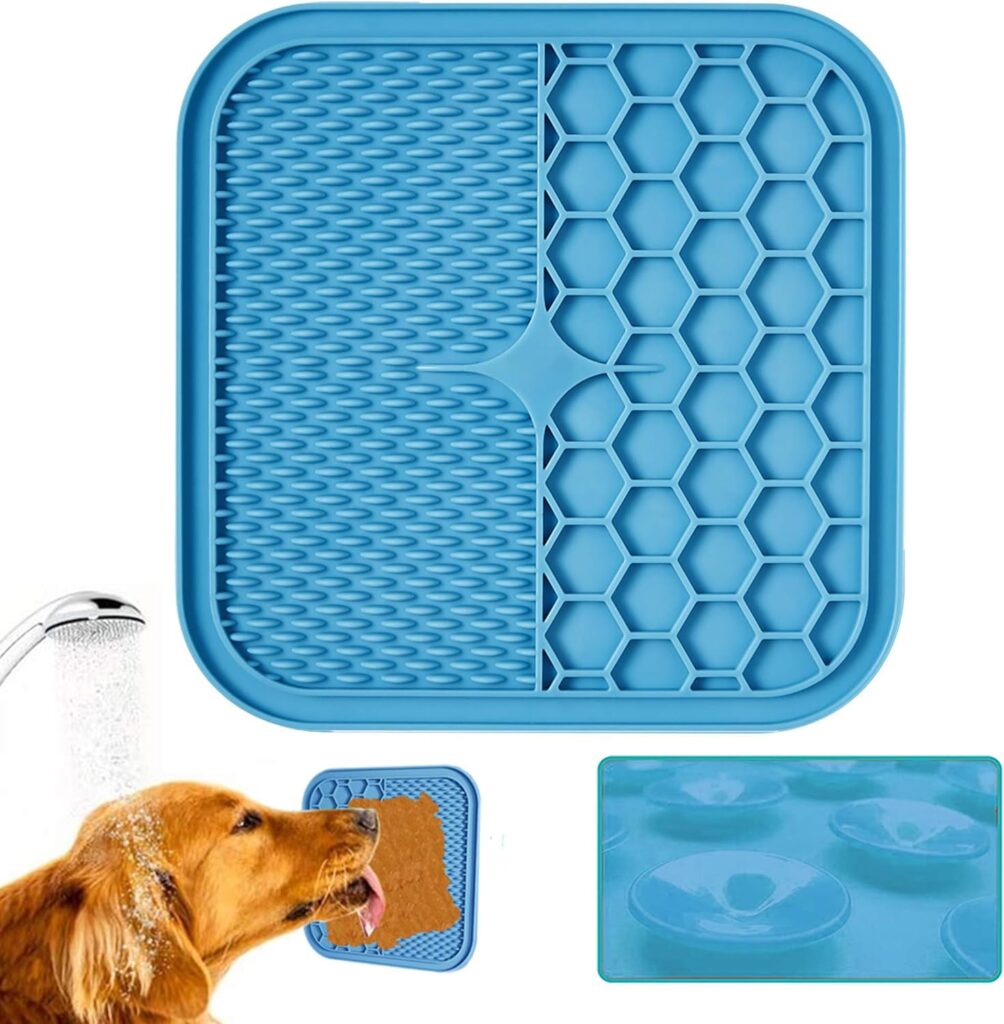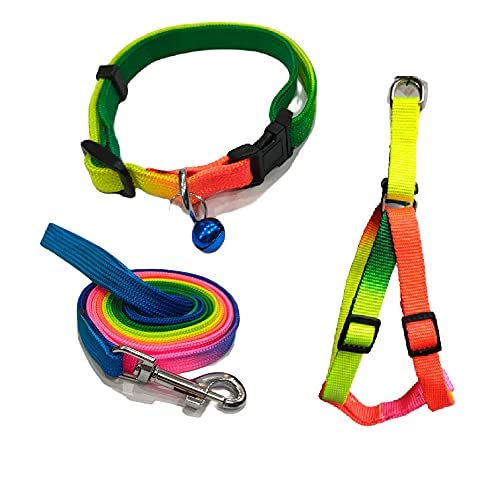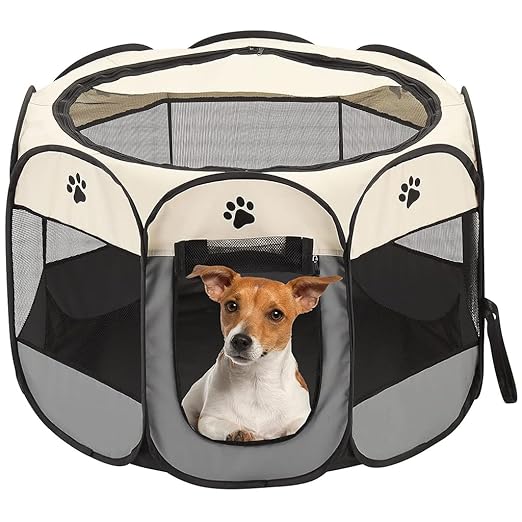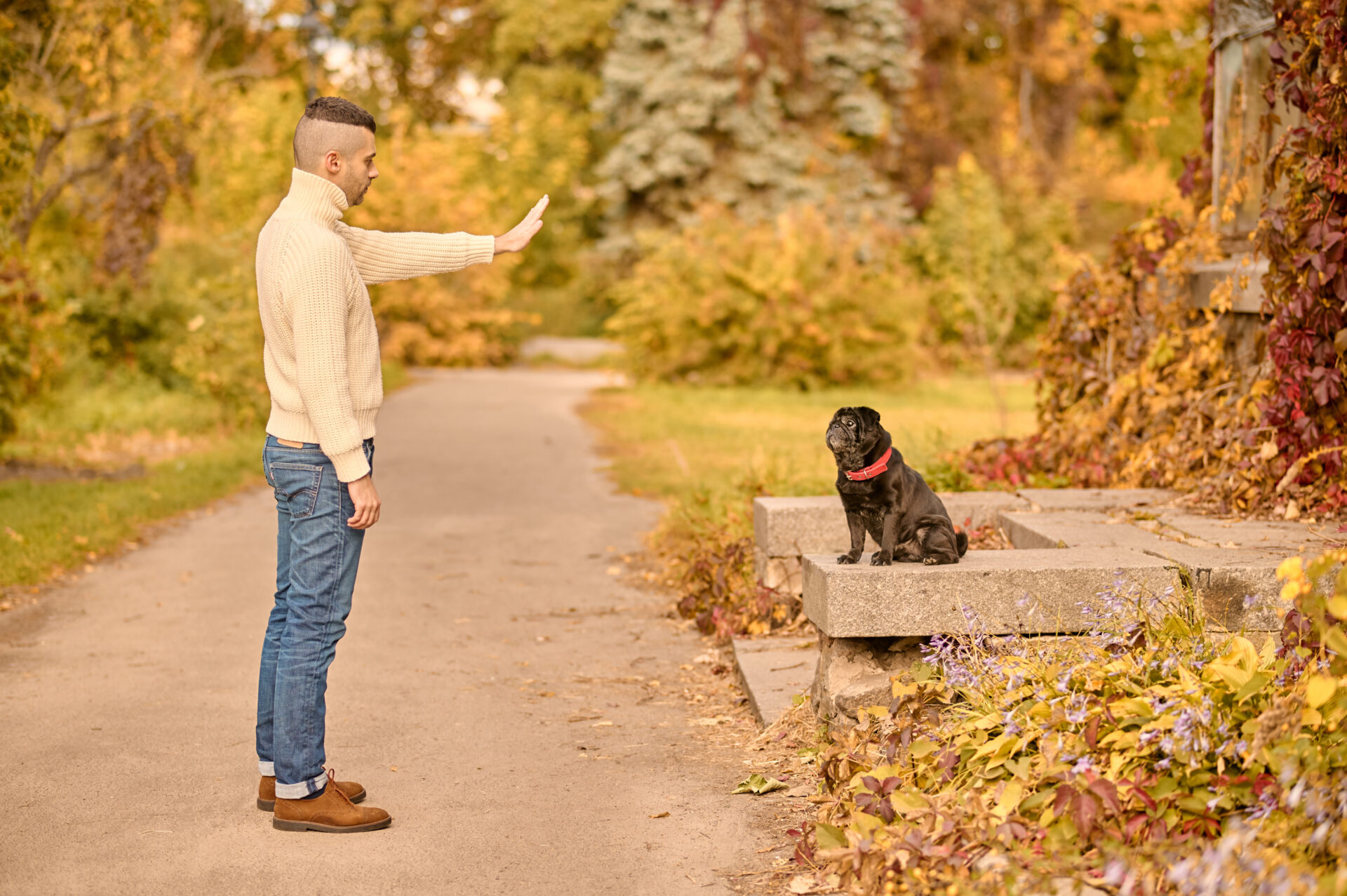Dog training at home is one of the most important steps you can take as a pet parent. Teaching your dog basic obedience commands helps build trust, improve behavior, and ensure their safety in various situations. Whether you’re working with a young puppy or an older dog, these 10 basic dog training commands are essential. The best part? You can teach them all from the comfort of your home!
The 10 dog training tips are:
1. Sit
Foundation for all other commands
The “Sit” command is the easiest and most effective starting point in basic dog training for obedience. It sets the tone for other commands and teaches your dog to focus and listen.
How to teach:
Hold a treat close to your dog’s nose, then slowly raise your hand. As their head moves up, their bottom should go down. Once they sit, say “Sit,” reward them, and give lots of praise.
Best for: Mealtime manners, stopping jumping, and polite greetings.
2. Stay
Builds patience and impulse control
“Stay” teaches your dog how to wait calmly, even when they’re excited. It’s especially helpful at doors, crosswalks, or during grooming.
Training tip:
Ask your dog to “Sit,” then hold your palm out and say “Stay.” Take a few steps back. If they remain still, reward them. Always use a release word like “Okay” or “Free” so they know when they’re allowed to move.
Great for: Safety near roads, guest visits, or stopping door-dashing.
3. Come (Recall)
Critical for safety
The “Come” or recall command is vital, especially if your dog ever slips off the leash. A strong recall can prevent accidents and help you maintain control in open areas.
Training tip:
Use a happy tone and say “Come!” while crouching and opening your arms. Reward with high-value treats and praise when they reach you.
Essential for: Off-leash safety, outdoor adventures, and emergencies.
4. Down (Lie Down)
Helps calm an excited dog
“Down” encourages your dog to relax and is ideal in high-energy situations. It also helps prevent jumping or overexcitement.
How to teach:
Start with your dog in a “Sit.” Hold a treat near their nose, then slowly lower it to the ground. As they follow it, guide them until their elbows hit the floor. Say “Down” and reward.
Useful during: Vet visits, mealtime, and public outings.
5. Leave It
Prevents them from picking up dangerous things
“Leave It” helps your dog avoid items that are unsafe—like medications, garbage, or dead animals.
Training tip:
Show a treat in one hand, close your fist, and say “Leave it.” When your dog stops trying to get it, say “Yes!” and give a different treat from the other hand.
Prevents: Ingesting harmful items, stealing food, or chasing distractions.



6. Drop It
Teaches your dog to release something from their mouth
“Drop It” is different from “Leave It.” It teaches your dog to let go of something they’ve already picked up—whether it’s a toy, food, or a household item.
Training tip:
Offer a treat while they’re holding something. Say “Drop It” and exchange the item for the treat. Practice often to reinforce.
Important for: Fetch, tug-of-war, or removing harmful objects.
7. Heel (Loose Leash Walking)
Helps prevent pulling during walks
“Heel” teaches your dog to walk politely beside you, reducing leash pulling and improving your daily walks.
How to teach:
Start walking slowly with treats in your left hand. When your dog walks beside you, say “Heel” and reward. If they pull, stop and reset.
Ideal for: Urban walks, crowded places, or leash-reactive dogs.
8. No Jumping
Ignore or turn away when they jump
Jumping is a common behavioral issue, especially in puppies. Teaching your dog not to jump helps with polite greetings and prevents injury to kids or elderly people.
What to do:
Don’t give attention when they jump. Turn your back or step away. Praise only when all four paws are on the floor.
Fixes: Excited greetings, overenthusiastic behavior.
9. Name Recognition
Helps get your dog’s attention anytime
A dog that knows its name well will be easier to train, call back, or redirect from distractions.
Training tip:
Say your dog’s name in a cheerful voice. The moment they look at you, reward with a treat. Repeat often in different environments.
Foundation for: All other commands, attention during training.
10. Crate Training / Safe Space
Makes travel, vet visits, and alone time easier
Crate training teaches your dog to see their crate as a safe, relaxing spot. It’s also helpful for housebreaking, traveling, and preventing separation anxiety.
How to train:
Use treats and praise to encourage your dog to explore the crate. Start with the door open and gradually increase time spent inside. Never use the crate as punishment.
Benefits: Reduces anxiety, supports potty training, helps in emergencies.



Conclusion
Mastering these 10 basic dog training commands at home will create a well-mannered, happy, and safer pet. Training doesn’t require fancy equipment—just time, treats, and patience. Whether you’re raising a new pup or working with an older rescue, these puppy training tips and home obedience strategies are the key to success.
Start with one command at a time, keep sessions short and positive, and remember: consistency is everything.
FAQ
1. What age should I start dog training at home?
You can begin basic dog training as early as 8 weeks old. Puppies are capable of learning simple commands like “Sit” and “Come” with short, positive sessions.
2. How long does it take to train a dog with basic commands?
Most dogs can learn basic commands within 2–4 weeks with consistent practice. Training sessions should be short (5–10 minutes) and repeated daily.
3. What’s the difference between “Leave It” and “Drop It”?
“Leave It” is used to prevent your dog from picking up something, while “Drop It” tells them to release something they already have in their mouth.
4. Can I do dog training at home without a professional trainer?
Yes! Many dog owners successfully train their pets at home using positive reinforcement, patience, and consistency. Start with basic commands and build from there.
5. What tools or treats are best for home dog training?
Use small, high-value treats (like chicken or cheese) and tools like clickers or short leashes. The key is rewarding good behavior instantly.
Related posts:
Dog Training Tips for Excessive Barking
Top 12 Dog Training Tips Every Owner Should Know

